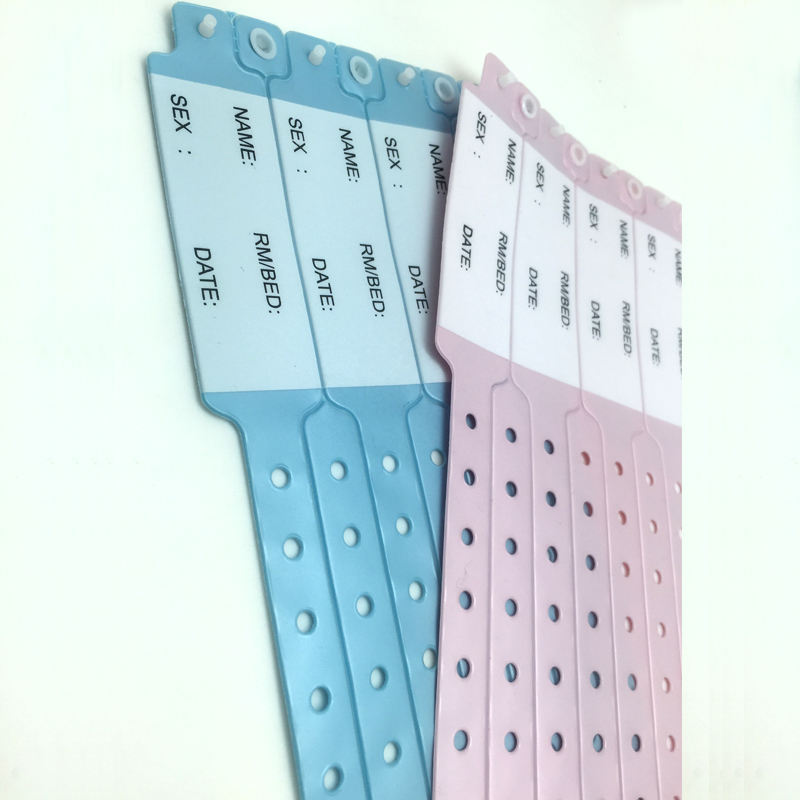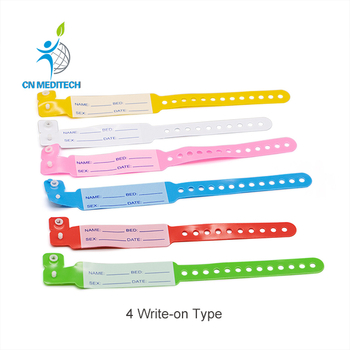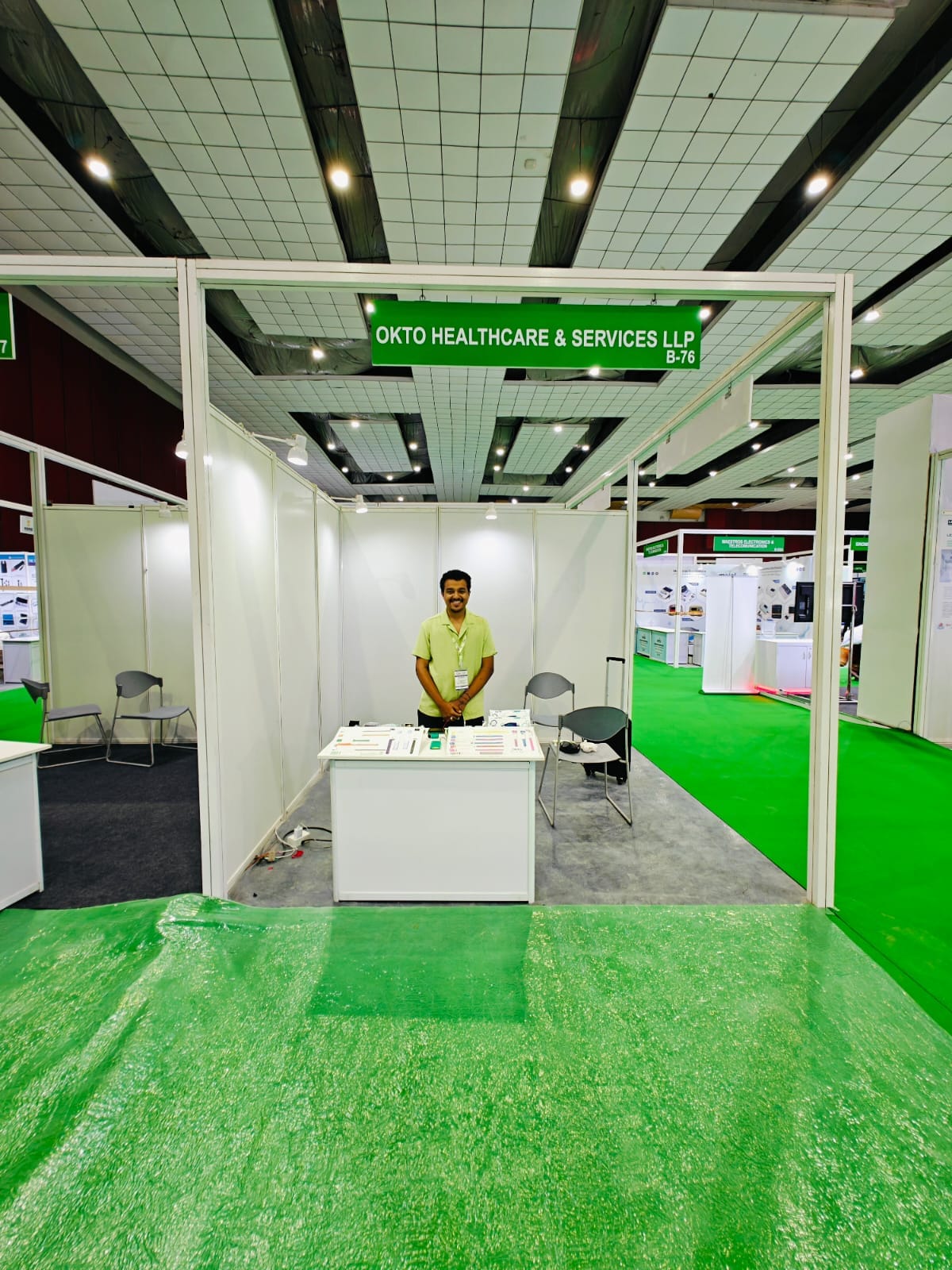Why Health Centers Choose Patient Identification Band for Efficient Patient Tracking
Why Health Centers Choose Patient Identification Band for Efficient Patient Tracking
Blog Article
Enhancing Patient Treatment With Effective Recognition Bands
The application of effective recognition bands is a pivotal aspect in improving client treatment within health care settings. As the landscape of patient recognition evolves, one have to consider the ramifications of these systems on general health care distribution and individual results.
Relevance of Patient Identification
Guaranteeing precise client identification is essential in medical care setups, as it straight affects the security and high quality of care provided. Misidentification can lead to serious mistakes, consisting of carrying out the incorrect drug, executing wrong treatments, or miscommunicating crucial person info. Such errors not only endanger client safety however can likewise lead to legal implications and lowered count on health care systems.
Reliable patient recognition is essential to developing a safe and secure atmosphere where patients receive ideal and tailored treatment. It promotes the precise documentation of clinical histories, allergic reactions, and treatment plans, ensuring that doctor have access to essential details whatsoever times. Robust recognition protocols aid enhance interaction amongst medical team, improving partnership and reducing the threat of errors.

Sorts Of Recognition Bands
Recognition bands play an essential function in preserving exact patient documents and boosting safety within medical care settings. Different kinds of identification bands are made use of to provide to the particular demands and demands of various client populaces.

One more kind is the ankle joint band, which is especially valuable for babies and infants, making sure that recognition continues to be intact also throughout treatment treatments. Specialized bands, such as those for allergic reaction alerts or drop danger indicators, supply extra layers of safety by attracting prompt interest to vital patient problems.
Recently, digital identification bands have obtained appeal, integrating barcodes or RFID technology that can be checked to promptly recover client data. These bands streamline workflows and decrease the risk of human error during patient identification procedures.
Advantages of Effective Identification
Effective recognition of individuals via using identification bands contributes considerably to general client safety and care high quality. By guaranteeing that each client is properly identified, doctor can efficiently match clinical therapies and treatments to the correct individual, minimizing the danger of errors. This is especially important in settings with high client turn over, where the potential for misidentification is better.
In addition, efficient identification bands boost communication amongst health care teams. Clear and accurate person recognition cultivates partnership and ensures that all staff member recognize a patient's specific demands and medical background. This interaction is crucial for supplying collaborated care, specifically in emergency situation situations where time is critical.

Ultimately, effective recognition via using identification bands not only safeguards patients yet additionally advertises a society of security within health care facilities (Patient Identification Band). By focusing on exact recognition, health care organizations can improve end results and boost the total person experience
Applying Identification Solutions
While the value of individual recognition is well recognized, the implementation of durable identification systems postures a complicated challenge for medical care organizations. Establishing reliable identification systems calls for a detailed method, encompassing innovation, personnel Our site training, and procedure integration.
First, companies need to select ideal identification technologies, such as barcode scanning, RFID, or biometric systems. Patient Identification Band. These innovations ought to be reviewed based on price, usability, and compatibility with existing framework. A pilot program can help determine potential problems prior to full-scale execution
Next, detailed training for staff is necessary. All personnel need to comprehend the significance of precise patient identification and excel in the use of the picked technologies. Routine training updates and analyses can reinforce finest techniques and guarantee ongoing compliance.
In addition, healthcare companies should establish standard treatments for client identification throughout all departments, lessening disparities and enhancing interaction. Routine audits can help recognize gaps in adherence to these protocols.

Inevitably, an effective implementation of identification systems not only boosts patient safety and security yet additionally cultivates a society of responsibility and diligence within healthcare settings, ensuring trusted and regular individual treatment.
Future Trends in Client Identification
Developments in technology are readied to change individual identification practices in medical care setups. The combination of biometric identification approaches, such as fingerprinting and facial recognition, is anticipated to improve accuracy and protection. These modern technologies can substantially minimize the danger of misidentification, ensuring that individuals receive the proper therapies and medications.
In addition, the application of blockchain technology for person records is gaining grip. This decentralized method can provide a safe and secure and tamper-proof technique for managing individual identities, consequently streamlining accessibility to vital details across various health care service providers.
An additional pattern is the enhancing usage of mobile health applications that take advantage of QR codes for client identification. These applications allow for real-time updates and simple accessibility to patient information, encouraging health care specialists to make informed decisions quickly.
In addition, synthetic knowledge (AI) is see post positioned to play a key function in examining patient identification data, recognizing patterns, and forecasting potential identification mistakes prior to they take place.
As these technologies develop, they guarantee not just to boost patient security however additionally to boost the overall effectiveness of health care shipment systems. Welcoming these developments will certainly be vital for future-proofing patient care practices.
Final Thought
To conclude, reliable recognition bands are crucial for boosting person safety and security and care quality within medical care setups. By decreasing the threats connected with misidentification, these bands promote prompt and exact info retrieval, ultimately improving communication among medical care service providers. The application of robust identification systems not just cultivates a society of safety however additionally placements medical care establishments to adjust to future patterns in individual identification technology, guaranteeing optimal end results for individuals in diverse clinical settings.
As the landscape of individual identification advances, one have to take into consideration the ramifications of these systems on overall medical care shipment and patient end results.Efficient patient recognition is essential to establishing a safe atmosphere where patients obtain suitable and personalized treatment. Eventually, focusing on efficient person identification strategies not just fosters a culture of safety and security however additionally contributes to boosted individual outcomes and total contentment with health care services.
Efficient recognition of clients via the use of recognition bands contributes considerably to total individual safety and security and care high quality. The execution of robust identification systems not you could check here just fosters a culture of security yet also placements medical care establishments to adapt to future fads in client recognition technology, making sure optimum outcomes for clients in diverse scientific settings.
Report this page